Indoor air pollution is a pressing concern, demanding our attention as we seek ways to enhance the air quality within our homes. As urbanization and indoor living become more prevalent, the importance of indoor air quality becomes increasingly evident, given its association with health problems, including respiratory issues, allergies, and more severe ailments. Fortunately, nature offers a natural remedy: Crassulacean Acid Metabolism (CAM) plants, which excel at purifying indoor air. In this article, we delve into the 10 effective CAM plants in improving indoor air quality.
Why CAM plants?
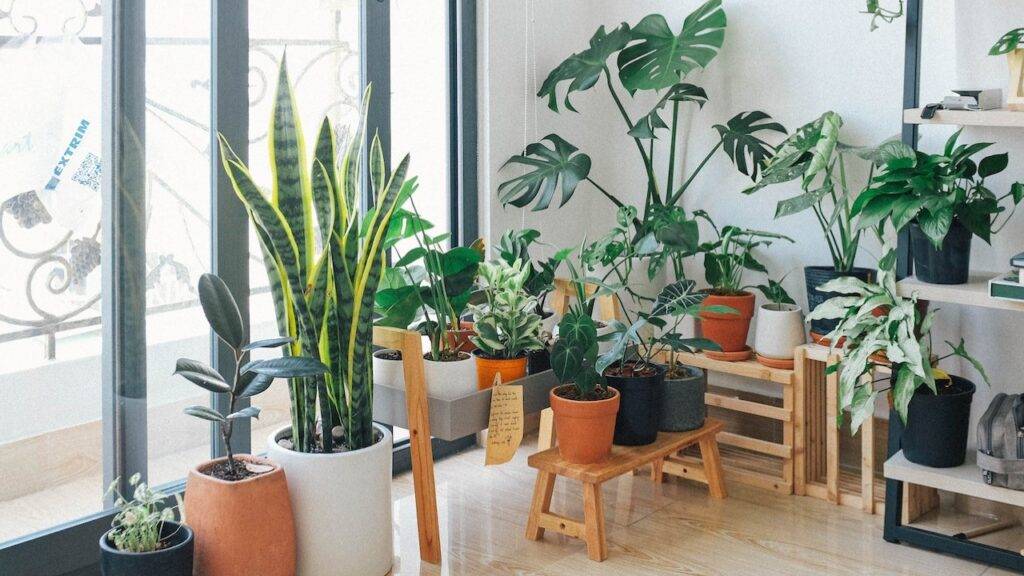
Unlike your average houseplants, CAM plants are like the superheroes of the succulent world, thriving in the tough neighbourhoods of arid and semi-arid environments. While most plants are taking a daytime siesta, CAM plants are burning the midnight oil! Yep, these cool cats have a special photosynthetic gig that kicks off when the stars are out. They swing open their stomata at night, snatch some CO2 from the air, and stash it away like a late-night snack.
Now, here’s the kicker – during the day, they whip out that stored CO2 and get down to some serious photosynthesis business. It’s like they’re saying, “Day or night, we’re always photosynthesizing!”. For example, the snake plant (Sansevieria trifasciata) and golden pothos (Epipremnum aureum) can reduce CO2 by more than 70%. And guess what? These green champs aren’t just CO2-busting machines; they’re also rock stars at clearing out other air nasties, such as VOCs and improving Indoor air quality.
But wait, there’s more! This nocturnal CO2 snatch-and-grab isn’t just about flexing their botanical muscles. It’s also a clever water-saving move. By keeping their stomata shut tight during the day, these plants cut down on water loss, making them the water-saving wizards of the plant kingdom.
So, in a nutshell, CAM plants aren’t your ordinary potted pals; they’re the green guardians of the night, purifying the air and conserving water with a style that’s as unique as their nighttime photosynthetic shindig.
CAM Plants and Indoor Air Quality
Indoor plants are like nature’s little vacuum cleaners, sucking up all those pesky air pollutants. But CAM plants, starring Aloe vera and the Snake plant, take it up a notch. These guys have a special metabolic pathway that makes them top-tier air purifiers.
Here’s the scoop: CAM plants are masters at kicking VOCs to the curb. VOCs, the troublemakers emitted by your everyday household stuff, are no match for the cleansing power of CAM plants. These green heroes absorb and break down those pesky pollutants, giving you a breath of fresh air – literally.
But wait, there’s more to the CAM plant saga! While most plants are snoozing, CAM plants are pulling a night shift. During their nighttime photosynthesis party, they release water vapour, becoming your home’s very own humidifiers. No more dry air causing skin woes or irritating your respiratory passages – these plants got your back!
And the oxygen game? Oh, they’ve got that covered too. Like all plants, CAM plants release oxygen during their daytime photosynthesis rendezvous. So, not only do they kick pollutants out, but they also amp up your indoor oxygen levels. It’s like having a mini oxygen bar right in your living room!
In a nutshell, CAM plants aren’t just potted greenery; they’re your sidekicks in the battle against indoor air nasties. They purify, humidify, and oxygenate – making your indoor space a breath of fresh air.
Air-Purifying Indoor CAM Plants
1. Snake Plant (Sansevieria trifasciata)

It is a robust and visually striking indoor plant celebrated for its impressive air-purifying capabilities. With its bold, upright leaves that feature distinctive variegated patterns, it not only adds a touch of elegance to your interior decor but also contributes to a cleaner and healthier living environment. It can reduce CO2 by 76% as compared to other indoor plants.
Recently, this plant has gained immense popularity for its ability to remove common indoor air pollutants, such as formaldehyde, benzene, and xylene, making it a valuable addition to any indoor space. One of the standout features of the Snake Plant is its low maintenance requirements, making it an ideal choice for both seasoned plant enthusiasts and beginners. Its tolerance for low light conditions and infrequent watering makes it a hassle-free and resilient option for those looking to introduce greenery into their homes while enjoying the benefits of improved air quality. Therefore this could first choice out of 10 effective CAM Plants for the improvement of indoor air quality.
2. Golden Pothos (Epipremnum aureum)
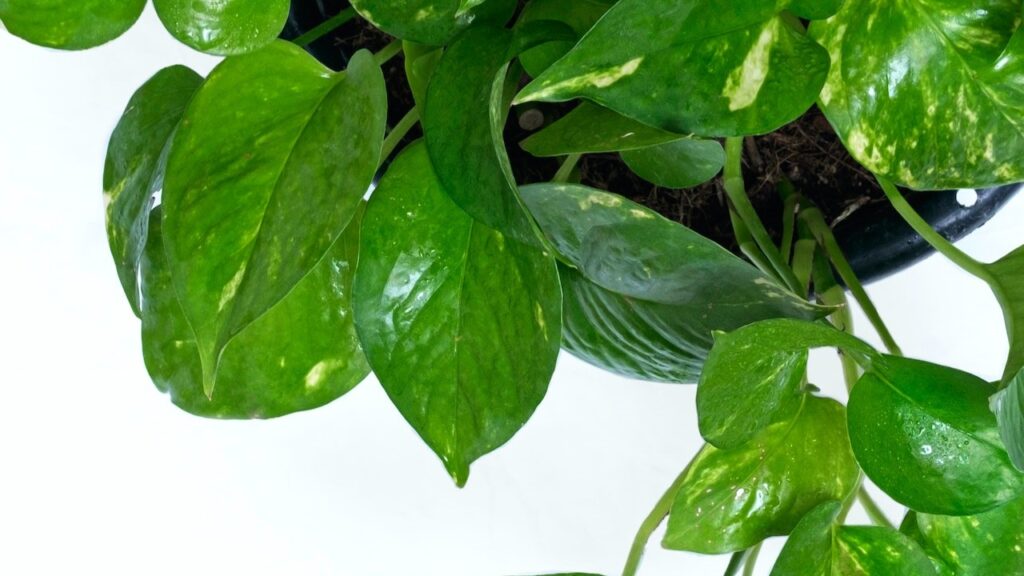
It is a resilient indoor plant featuring heart-shaped leaves that not only add visual charm but also excel at cleansing indoor air. This plant effectively reduces common indoor pollutants like formaldehyde, xylene, and benzene, promoting a healthier home environment. What sets Golden Pothos apart is its adaptability to different lighting conditions, thriving in both bright and indirect sunlight and low-light areas. Whether you’re a beginner or an experienced plant enthusiast, this low-maintenance plant requires minimal care, making it an ideal choice to enhance your living spaces with its natural beauty and air-purifying capabilities.
3. Aloe Vera (Aloe barbadensis miller)

Aloe Vera, known for its soothing gel, serves as an effective indoor CAM plant, thriving in bright, indirect sunlight. Its benefits go beyond skin care, as it becomes a valuable asset in indoor environments. Aloe vera’s affinity for well-lit spaces not only adds a touch of natural elegance to your indoor decor but also positions it as a proficient air purifier. This plant efficiently eliminates airborne pollutants, resulting in a cleaner and more pleasant indoor atmosphere. It offers a dual advantage, enhancing the aesthetic appeal of your home while improving air quality.
4. Jade Plant (Crassula ovata)
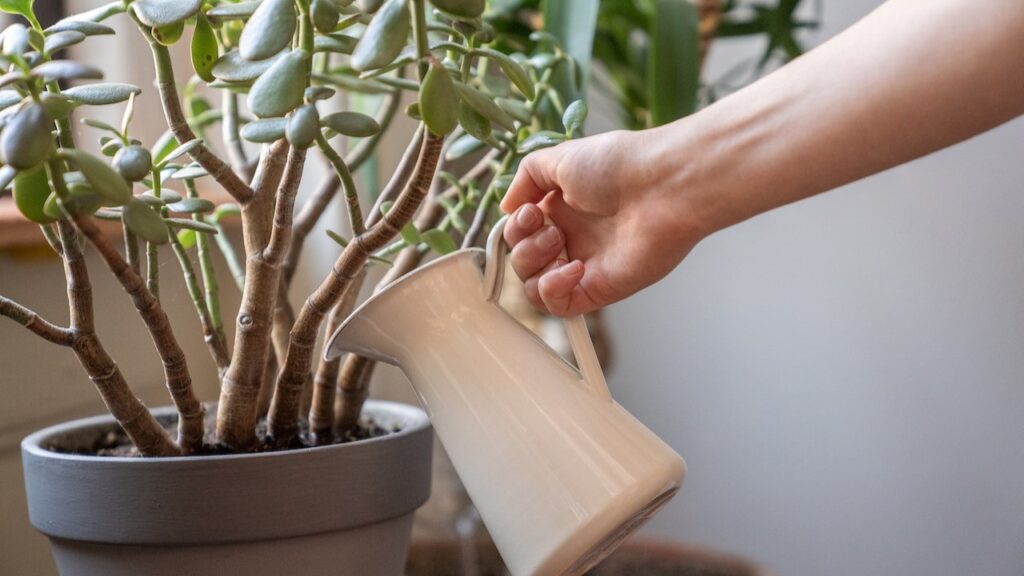
The Jade Plant, characterized by its plump and fleshy leaves, holds significant appeal beyond its ornamental value. As a CAM plant, it plays a notable role in enhancing indoor air quality by effectively removing common air pollutants and contributing to a healthier living environment. This dual-purpose plant is celebrated not only for its aesthetic charm but also for its air-purifying prowess, making it an excellent choice for those seeking to beautify their indoor spaces while simultaneously promoting cleaner, fresher air quality. Its low-maintenance requirements further underscore its significance as a valuable addition to homes, combining visual appeal with tangible benefits for the well-being of residents.
5. Pineapple (Ananas comosus)
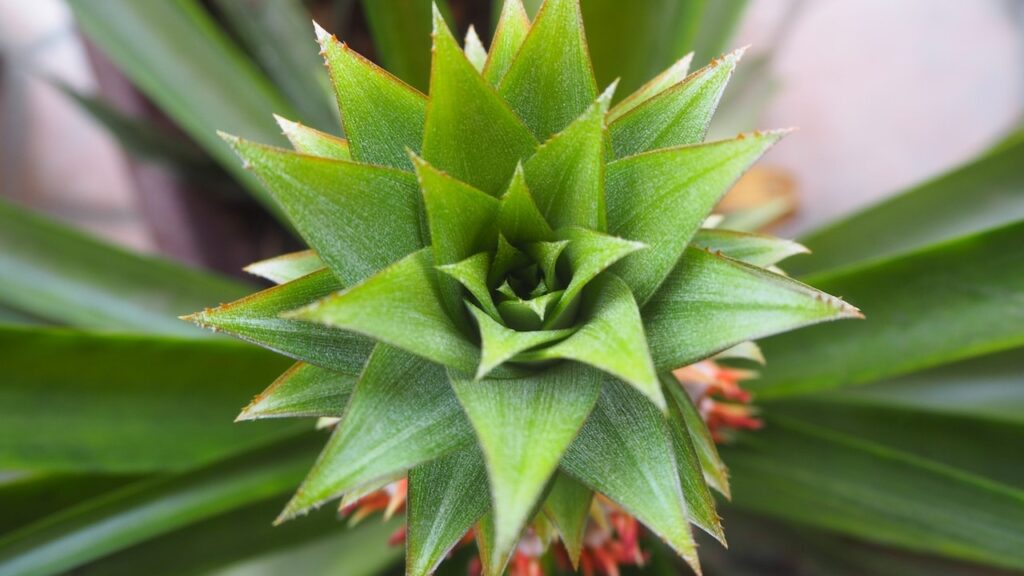
The Pineapple plant, renowned for its tropical fruit, offers a unique and captivating addition to indoor spaces. Beyond its potential for homegrown pineapples, its significance as a CAM plant is underscored by its remarkable air-purifying capabilities. This plant effectively reduces common indoor pollutants such as formaldehyde and VOCs, actively contributing to a healthier indoor environment. Therefore, these plants can enrich indoor spaces and enhance aesthetic charm with air-purifying prowess.
6. Kalanchoe (Kalanchoe blossfeldiana)

Kalanchoe, a flowering CAM plant, is not just about adding vibrant colours to your indoor spaces. It also plays a vital role in enhancing the quality of the air you breathe. Its low-maintenance nature makes it an ideal choice for both experienced and novice plant enthusiasts. Kalanchoe’s air-purifying qualities are particularly noteworthy, as it effectively filters out common indoor pollutants. Therefore, these CAM plants have been included in the top 10 effective indoor plants to remediate air pollution.
7. Agave (Agave spp.)
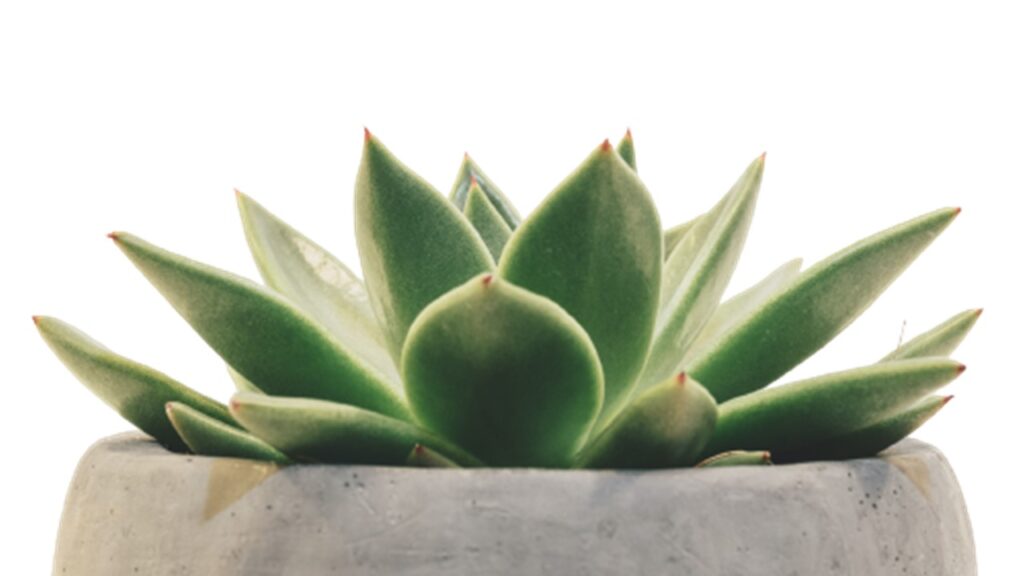
Agave plants, with their unique rosette shapes, are more than just aesthetically pleasing indoor companions. Their drought-tolerant nature makes them suitable for indoor cultivation, requiring minimal attention. However, their significance goes beyond ease of care. Agave plants, such as CAM succulents, are adept at improving indoor air quality by reducing the presence of harmful pollutants. This dual role of enhancing indoor decor and air quality makes Agave an excellent choice for your living space.
8. Christmas Cactus (Schlumbergera spp.)
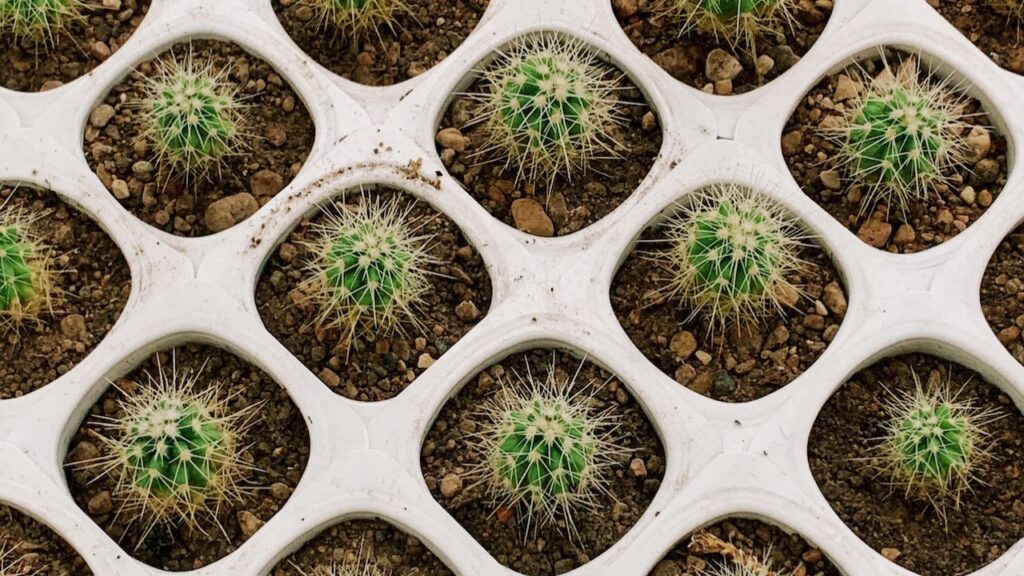
Beyond their colourful, festive blooms, Christmas cacti serve as charming indoor additions with a significant role in maintaining good air quality. These CAM plants have an intrinsic ability to remove airborne pollutants, ensuring that your home remains not only visually appealing but also a place where the air you breathe is fresh and clean. This dual function makes the Christmas Cactus a valuable asset for indoor environments.
9. Orchid Cactus (Epiphyllum spp.)
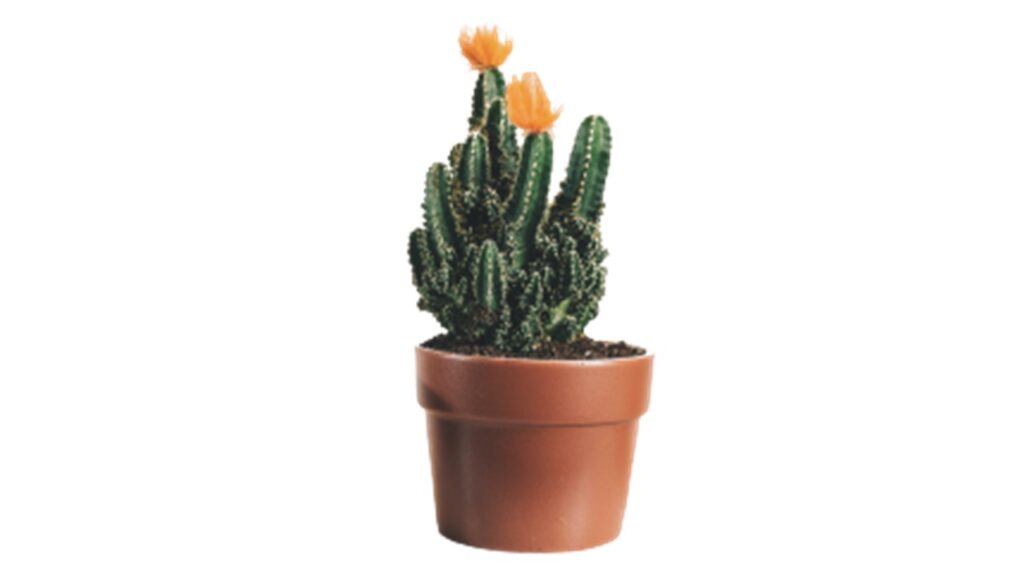
Orchid cacti, with their stunning and sizable flowers, are more than just visually captivating indoor plants. These epiphytic CAM plants are well-suited for indoor growth, particularly in bright, indirect light. Their presence not only adds elegance to your interior but also contributes to improved indoor air quality. By effectively filtering out common indoor pollutants, Orchid Cacti create a healthier and more aesthetically pleasing indoor environment.
10. Panda Plant (Kalanchoe tomentosa)
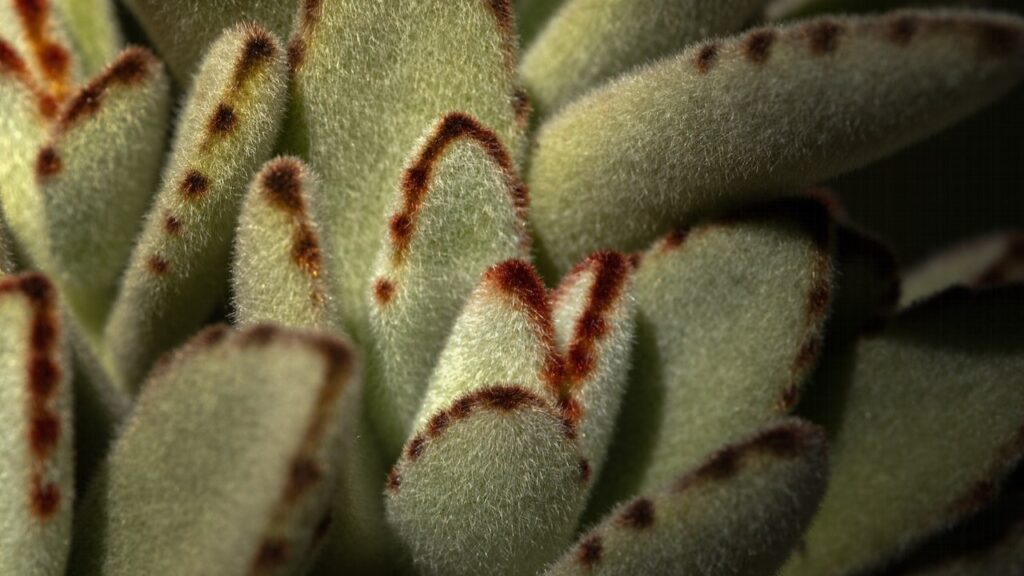
The fuzzy charm of the Panda Plant extends beyond its attractive appearance, as it excels in air purification. This fuzzy CAM succulent is a delightful addition to indoor gardens. It also plays a significant role in enhancing indoor air quality by efficiently removing airborne pollutants. Therefore, the Panda plant can be a noteworthy choice for those seeking both visual appeal and healthier indoor surroundings.
These CAM plants are not only aesthetically pleasing but also contribute to healthier indoor air by removing pollutants. It can be noted that green spaces are positively correlated with mental health.
Conclusion
Incorporating CAM plants into indoor spaces can be a simple yet highly effective way to improve indoor air quality. Their unique photosynthetic pathway, enables them to metabolize air pollutants and release O2 and maintain humidity. These properties make them exceptional natural air purifiers. Therefore, the above 10 CAM plants offer a highly effective sustainable solution to create healthier and more pleasant indoor environments.

